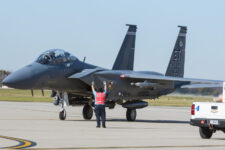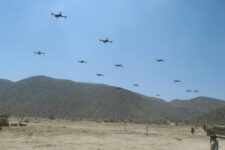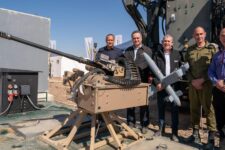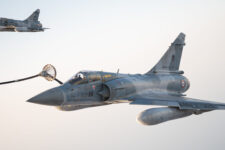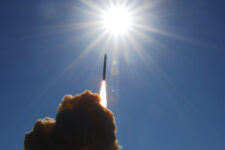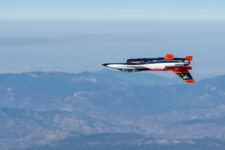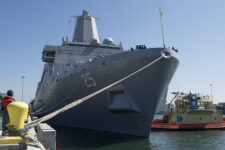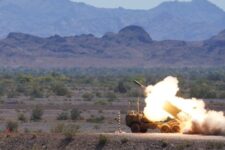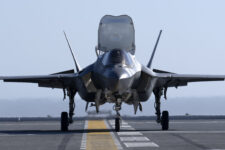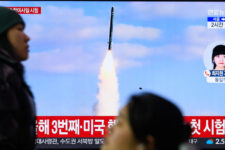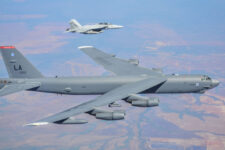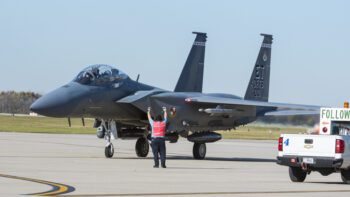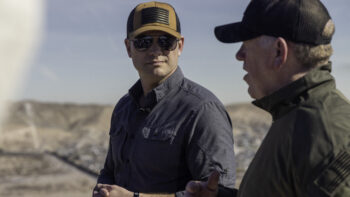
Photo courtesy of NASA.
Regaining America’s technological advantage in hypersonics is a strategic imperative. Accordingly, the Pentagon has called for hypersonic leap-ahead technologies to counter the threats posed by our great power adversaries. Recently disclosed Chinese flight test events and Russian use of hypersonic missiles in the ongoing Ukraine conflict reaffirm the urgent need for the United States to accelerate testing and prototyping of hypersonic capabilities.
Pentagon leaders describe leap-ahead technologies as new and cost-effective capabilities that provide a significant combat advantage to the warfighter that will take years for an adversarial nation to counter. A recent roundtable discussion between industry and Pentagon leaders identified a need to expand access to modeling capabilities and testing facilities to adopt a “test often, fail fast, and learn” approach that accelerates fielding of hypersonic and counter-hypersonic systems.
This test-fail-learn approach should focus on flight-testing technologies on low-cost testbeds. The recent success of the BOLT II flight experiment underscores the need for flight-test data to anchor ground test approaches and physics-based simulations. Regular, routine, and reusable hypersonic flight testing in the operational environment is a cost effective, critical component of leap-ahead technologies.
BOLT II showed the utility of using a sounding rocket to rapidly achieve the high Mach speeds called for by the test objectives. However, testing must include the ability to fly operationally relevant trajectories that hold test conditions long enough to collect the necessary data of the new technologies being tested.
This type of testing should be performed often to enable rapid maturation of critical technologies such as onboard sensors, materials, and instrumentation, and to allow surface and space-based sensors to validate their ability to track hypersonic weapons. Additionally, operationally relevant trajectories flown in the hypersonic environment informs requirements and concept of operations development for the warfighter. Furthermore, testing with operationally relevant trajectories enables enhancement of tactics, techniques, and procedures for both offensive and defensive systems.
The U.S. once excelled in this type of testing. For example, from 1961 to 1969, the reusable X-15 flew 199 flights, 112 of which were flown at hypersonic speeds. In a 1966 paper entitled Survey of Operation and Cost Experience of the X-15 Airplane as a Reusable Space Vehicle, James Love and William Young concluded, “The refurbishment cost of the X-15, which has been 3 percent of the cost of a new X-15 for each flight [estimated to be $8M in 2022 dollars], demonstrates an advantage of reuse.” Today, estimated flight test cost of a nonreusable hypersonic prototype ranges from $60M to over $100M per test. The conclusion appears clear and logical: reusability translates into affordability, and the U.S. requires a low-cost and reusable hypersonic testbed that flies operationally realistic trajectories at a high operations tempo in order to “leap ahead.”
The core responsibilities of the Department of Defense are to protect the Nation, to support our allies and partners, and to deter aggression. No U.S. department or agency does more to uphold these responsibilities. However, the current global hypersonic competition represents an urgent national security threat. Regular, routine, and reusable flight testing will significantly accelerate the progress of U.S. hypersonics testing and prototyping is essential to countering this threat.
